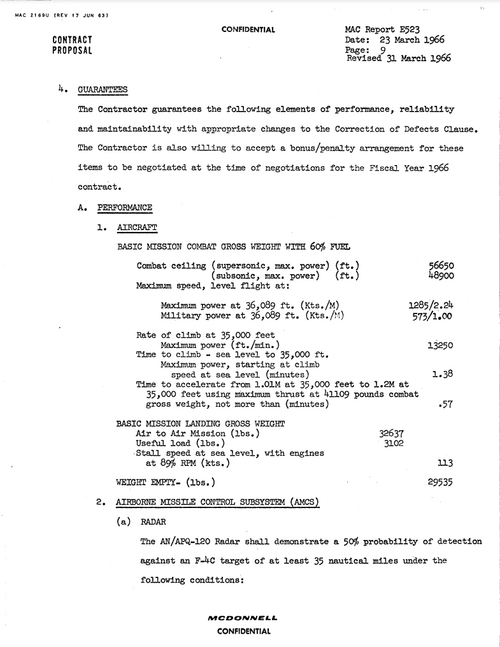Hello everyone , new user , happy to be here! Great site , been following it for quite a while, and decided to join, so much interesting info and discussions here!
Now, as my topic title suggests , i'd like to ask if someone has some datas on these radars, at least some summary data on their detection range against fighter and bomber RCS targets ? Surprisingly, even if the F-4 is an old bird, cant find much reliable info on its various radars, tried few places , but no luck so far.
Also , if i understand correctly , none of the above radars have LD/SD capability , except the AWG-10/11/12 sets, right ?( and if anyone have dats on their characteristics too , i'd be grateful)
Thank you for your help!
Now, as my topic title suggests , i'd like to ask if someone has some datas on these radars, at least some summary data on their detection range against fighter and bomber RCS targets ? Surprisingly, even if the F-4 is an old bird, cant find much reliable info on its various radars, tried few places , but no luck so far.
Also , if i understand correctly , none of the above radars have LD/SD capability , except the AWG-10/11/12 sets, right ?( and if anyone have dats on their characteristics too , i'd be grateful)
Thank you for your help!



